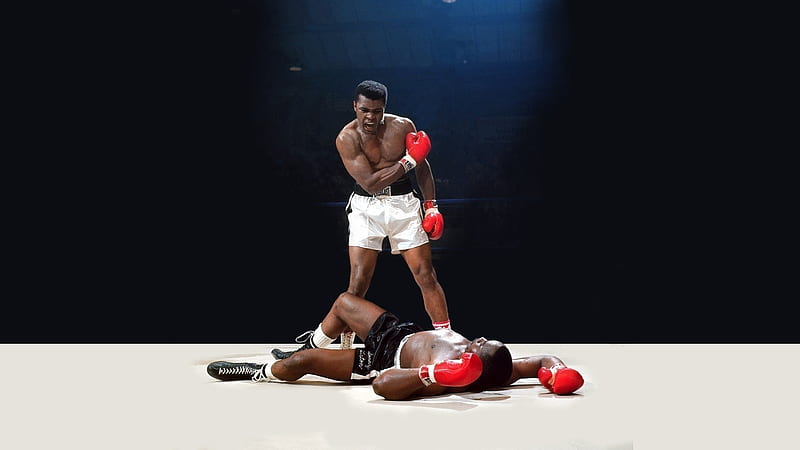Understanding the historical context of medical concepts, such as sudden collapse, is crucial to appreciate the evolution of medical knowledge and the interpretation of diseases. Let's explores the etymology, terminology, and history of apoplexy and Zhong Feng in ancient Greek and Chinese cultures.
Greek Apoplexy
The ancient Greeks coined the term "apoplexia," derived from "apoplektos," which translates to "disabled by a stroke" or "struck dumb." The word "apoplexia" referred to a sudden collapse or loss of consciousness, often leading to death. Ancient Greek physicians like Hippocrates, Galen, and Celsus documented and studied cases of apoplexy. Hippocrates defined apoplexy by its catastrophic presentation: a sudden loss of consciousness, motion and sensation, and presented the disease as a result of the imbalance of the four humours. His conception had a remarkable longevity, including his follower Galen, who stated that apoplexy might result from a failure of flow of the pneuma(qi) caused by the accumulation of rheuma(phlegm) within the ventricles.(Sakalauskaitė-Juodeikienė E, Jatužis D. Descriptions of Apoplexy by Joseph Frank in the Beginning of the Nineteenth Century in Vilnius. Eur Neurol. 2017;78(1-2):8-14.) Ancient Chinese people also blamed blocked qi and phlegm as a cause of sudden collapse(Zhong Feng). The word "stroke" is also related to the Greek "apoplexia," However, it is crucial to recognize that the modern understanding of stroke differs significantly from the classical concept of apoplexy. While apoplexy referred to a broader range of sudden collapses, stroke is a more specific term, describing a cerebrovascular event caused by the interruption of blood flow to the brain, leading to brain cell death. This interruption may result from a blood clot (ischemic stroke) or a ruptured blood vessel (hemorrhagic stroke).
Chinese Zhong Feng
In ancient Chinese medicine, the term "Zhong Feng" (meaning "struck by wind") is mentioned in foundational texts such as the Huangdi Neijing (Suwen and Lingshu), Shanghan Lun, and Jingui Yaolue. Zhong Feng's descriptions often suggest a stroke, though not always. The condition is characterized by a sudden collapse as well, and ancient Chinese physicians believed that it resulted from the invasion of external pathogenic wind(feng) penetrating the body and causing Qi blocked. It is essential to recognize that not all instances of Zhong Feng in classical texts necessarily refer to stroke, as other diseases could also cause sudden collapse.
Historically speaking, before the Tang Dynasty (唐代), Zhong Feng (中風) was thought to occur when an external pathogen Wind invaded the body when body Qi is weak. However, during the Jin and Yuan Dynasties (金元代), new theories emerged, suggesting that Zhong Feng could also result from internal issues related to inner Wind induced by the five viscera. Prominent scholars of the time, such as Liu Hejian (劉河間), Li Dongyuan (李東垣), and Zhu Danxi (朱丹溪), each proposed different causes for Zhong Feng. Liu Hejian attributed it to the excess of Heart Fire (心火暴盛), while Li Dongyuan believed it was due to Qi Deficiency (正氣自虛). Zhu Danxi, on the other hand, suggested that Phlegm (濕痰生熱) was the root cause. Interestingly, Zhu Danxi's view on Phlegm(rheuma) as the cause of Zhong Feng aligns with the perspective of the ancient Greek physician Galen. Despite these new theories, the majority of Zhong Feng treatments during this period still centered on releasing exterior Wind. It was not until the Qing Dynasty (淸代) that Wang Qingren (王淸任) introduced a new perspective on the causes of Zhong Feng. He believed that Qi Deficiency (氣虛) and Blood Deficiency (血虛), along with Blood Stasis (血瘀), were responsible for the condition. From this time, Chinese doctors consider blood stasis as a cause of Zhong Feng, which aligns to etiology of stroke in biomedicine. Wang Qingren began to use prescriptions like Xue Fu Zhu Yu Tang to treat Zhong Feng, which remove blood stasis.
The concept of Zhong Feng in ancient Chinese medicine has undergone significant changes and development throughout the ages. From attributing the condition solely to external pathogenic wind invasion to considering the role of internal imbalances in the body, traditional Chinese medicine has continuously refined its understanding and treatment of Zhong Feng. And is still relevant in modern Chinese medicine, where it continues to refer to stroke.
The examination of apoplexy, stroke, and Zhong Feng reveals that ancient Greek and Chinese cultures both recognized the phenomenon of sudden collapse by struck by something, though their interpretations and terminology differed. While the Greeks focused on humor imbalances as the cause of apoplexy, the Chinese emphasized the role of external pathogenic wind in causing Zhong Feng. The modern concept of stroke has evolved from these ancient understandings, providing a more specific and mechanistic explanation for sudden collapse due to cerebrovascular events. As many great doctors did in history, we are obliged to develop and verify new theories.
